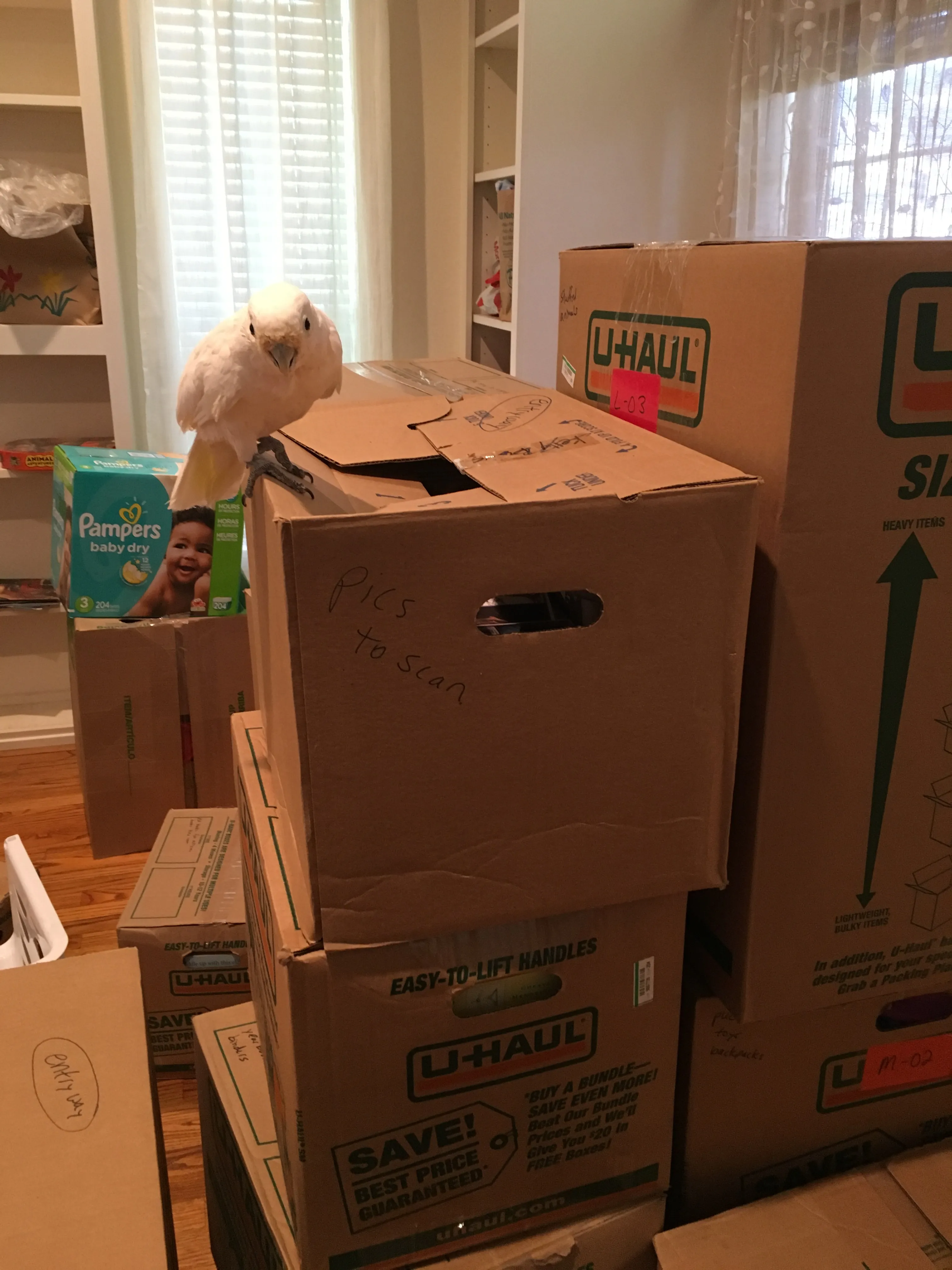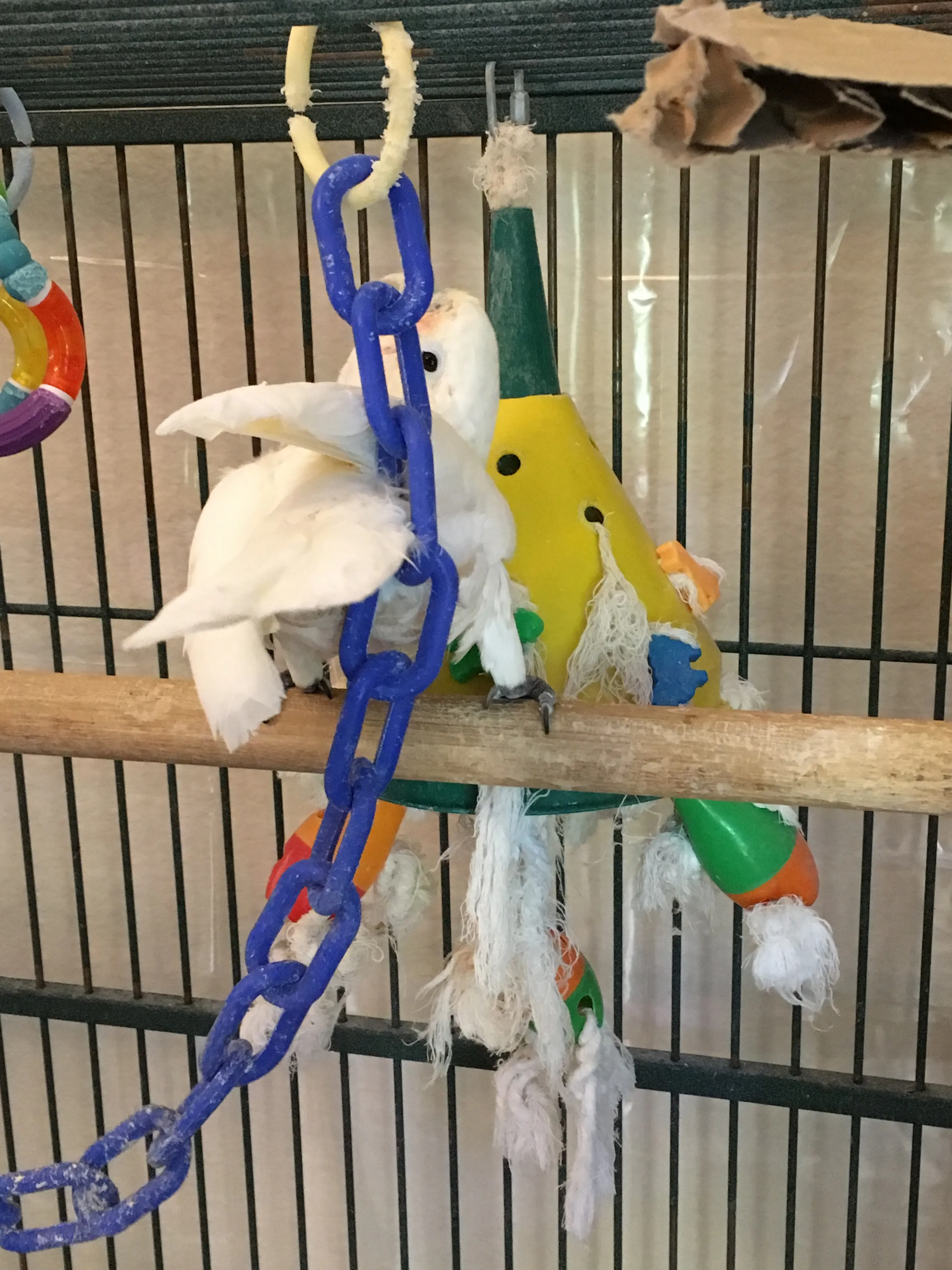As dedicated bird owners, we often marvel at the complex behaviors of our feathered companions. However, some behaviors, particularly those linked to hormones and mating, can be perplexing and even concerning. While breeders easily recognize these actions, many pet owners, especially those new to cockatiels, might misinterpret them, leading to escalated issues. It’s crucial for every cockatiel owner to understand their species’ natural lifecycle, including their breeding instincts, as these behaviors are deeply ingrained in their DNA. Recognizing and managing these innate drives is key to preventing unwanted hormonal responses and ensuring a harmonious life for your female cockatiel.
What Happens When Mating Behaviors Are Triggered in Female Cockatiels?
When a female cockatiel’s natural breeding instincts are inadvertently stimulated, a range of behavioral changes can manifest. These are not just minor quirks but significant shifts that can impact her well-being and your relationship with her. Owners might observe increased aggression, even towards their favorite human companions, as she becomes territorial over specific areas or objects. Excessive screaming, often a cry of frustration, can become a common occurrence. Some cockatiels may begin plucking their feathers, a habit that, once started, can be incredibly difficult to stop and can lead to skin irritation or infection. The most serious consequence for female cockatiels is egg laying, particularly infertile eggs, which can lead to life-threatening conditions like egg binding if she isn’t on a proper breeding diet and her body isn’t prepared for the calcium demands. These behaviors frequently result in pets being rehomed, highlighting the importance of early intervention and understanding.
 A pet cockatiel laying an infertile egg in a nest box.
A pet cockatiel laying an infertile egg in a nest box.
Many cockatiels reach puberty around 2-4 years of age. If they have been receiving mixed signals or their environment consistently triggers hormonal responses, they may attempt to mate with their primary caregiver. When these advances are not reciprocated in a predictable way from the bird’s perspective, it can lead to frustration and lashing out. For female cockatiels, preventing excessive egg laying is paramount. Pet birds rarely receive the specialized nutrition needed for breeding, and the constant drain on calcium reserves can lead to metabolic bone disease and other serious health problems. Should an egg become lodged internally, it poses a severe risk of rupture and infection, which can be fatal.
Identifying Key Triggers for Mating Behavior in Female Cockatiels
Understanding the environmental and interactional factors that can inadvertently stimulate breeding behaviors is the first step in prevention. Many of these triggers mimic conditions found in a cockatiel’s natural habitat during breeding season. By recognizing and modifying these elements, owners can significantly reduce the likelihood of unwanted hormonal responses in their female cockatiels.
Dark, Enclosed Spaces
Like many parrots, cockatiels are cavity breeders, naturally seeking out dark, enclosed spaces such as tree hollows for nesting. In a domestic setting, any similar space can be perceived as a potential nest site. This might include the tempting void under a couch or dresser, inside cozy “Happy Huts” or fabric tents, shipping boxes offered for chewing, or even under a blanket. To prevent this, it’s crucial to avoid offering items, especially within the cage, that could be construed as nesting spots. Troublesome areas in the home, like gaps under furniture, should be blocked off or made inaccessible to your cockatiel.
Nesting Material
The act of preparing a nest cavity often involves shredding and arranging materials. While some breeders intentionally introduce wood chunks to stimulate their birds, for pet cockatiels, excessive shredding can be a precursor to nesting. While destructible toys are beneficial for mental stimulation and beak health, if your female cockatiel shows signs of nesty behavior, consider offering alternative toys that are less easily shredded into nest-like material. Ensure your bird cannot access the substrate in her cage for nesting purposes.
 A cockatiel chewing on the edge of a cardboard moving box.
A cockatiel chewing on the edge of a cardboard moving box.
Light Exposure
Longer daylight hours naturally signal springtime and the onset of breeding season. Many pet owners unknowingly extend their birds’ “day” by keeping them up late, which can inadvertently trigger hormonal responses. Cockatiels require a minimum of 10 hours of uninterrupted sleep, and extending this to 12-14 hours of darkness can be highly effective in reducing hormonal behavior. Covering your cockatiel’s cage or providing a separate sleep cage in a quiet, dark area ensures they receive adequate rest and helps to regulate their seasonal cycles.
 A vibrant green parrot perched on a branch in natural light.
A vibrant green parrot perched on a branch in natural light.
Hand-Feeding Soft, Warm Foods
In the wild, bonded bird pairs often regurgitate food to one another as a sign of affection and to feed their young. While offering treats by hand during training is generally acceptable, regularly hand-feeding warm, mushy foods can mimic this intimate breeding behavior and stimulate a hormonal response. It’s best to offer such foods in a dish rather than directly from your hand. If your cockatiel attempts to regurgitate food to you, do not encourage this behavior, as it reinforces the perception of you as a mate.
Excessive Protein in Diet
Chicks require a diet rich in protein for rapid growth. Consequently, a diet high in protein signals to a bird’s body that it is an opportune time to raise offspring. If your female cockatiel is not currently laying eggs, it’s advisable to feed a balanced diet without making high-protein items a regular habit. However, if she is already laying eggs, it’s crucial to continue providing adequate protein and, more importantly, calcium to prevent the depletion of her body’s reserves. Calcium, in forms like pellets, cuttlebone, or mineral blocks, should be offered year-round, especially to hens, to support bone health and egg production if it occurs.
Sexual Stimulation and Petting
Mating in cockatiels involves specific displays from the male and receptive postures from the female. Males often engage in head bobbing, eye pinpointing, and tail/wing flaring. When a female is ready to mate, she typically droops her wings and raises her rump. They then rub their cloacas together. Many common ways we interact with our pet cockatiels can be misinterpreted as sexual stimulation. While mutual preening (head scratching) can occur between flockmates, it’s more pronounced in bonded pairs. Petting your female cockatiel on her back can be highly stimulating, as it mimics the male attempting to mount her for mating. Direct touching of the cloaca area should always be avoided. Some birds may also become aroused when petted under their wings.
 Two cockatiels mating, with the male on top of the female.
Two cockatiels mating, with the male on top of the female.
It is vital to be attentive to your cockatiel’s body language while interacting with her. If she exhibits postures similar to those seen during mating – such as raising her rump, dropping her wings, or making soft cooing or shivering noises – stop petting her immediately. Give her time to calm down before resuming interaction. Male cockatiels often pinpoint their eyes, dip their head, and slightly raise their wings at the shoulder when aroused.
Your cockatiel might also attempt to masturbate, which for females could involve backing up against an object or your hand and rubbing their cloaca. This behavior should neither be directly encouraged nor harshly discouraged. If your cockatiel tries to mate with you or an object, simply move her to a different location or place her back in her cage for a short period to break the cycle of stimulation. While some birds become intensely attached to mirrors or fake bird toys, which can lead to aggressive territoriality, masturbating on a variety of toys is generally less concerning.
 A Goffin's cockatoo hen rubbing against a toy for self-stimulation.
A Goffin's cockatoo hen rubbing against a toy for self-stimulation.
Managing and Preventing Hormonal Behaviors in Female Cockatiels
It might seem as though every interaction could be stimulating to your bird, but with careful observation and consistent management, you can successfully navigate these behaviors. The goal is not to eliminate all physical interaction but to learn your bird’s cues and manage her environment. By being mindful of when your cockatiel becomes aroused during petting and limiting the other triggers mentioned above, you can significantly reduce hormonal issues. Many experienced bird keepers, including breeders, learn effective strategies to “shut down” hormonal surges, especially in species prone to breeding whenever food is abundant. Educating yourself on your cockatiel’s natural lifecycle and understanding her body language are your most powerful tools. Providing healthy distractions such as new toys, regular exercise, and engaging training sessions can redirect her energy and provide mental stimulation, reducing the focus on hormonal urges.
When to Seek Veterinary Help: Hormone Therapy
For some female cockatiels, hormonal surges can be severe and persistent, particularly during spring. Despite diligent efforts from owners to manage environmental triggers and interactions, some birds remain highly hormonal. In such cases, if none of the preventative measures prove effective, consulting a competent avian veterinarian is highly recommended. Advances in veterinary medicine now offer hormone therapy options, such as certain injections, which can help to limit the intensity of seasonal hormone surges and provide relief for chronically hormonal birds.
Understanding Female Cockatiel Mating Behavior is essential for their health and happiness. By proactively managing their environment and interactions, you can help your beloved companion lead a healthier, less stressed life.
